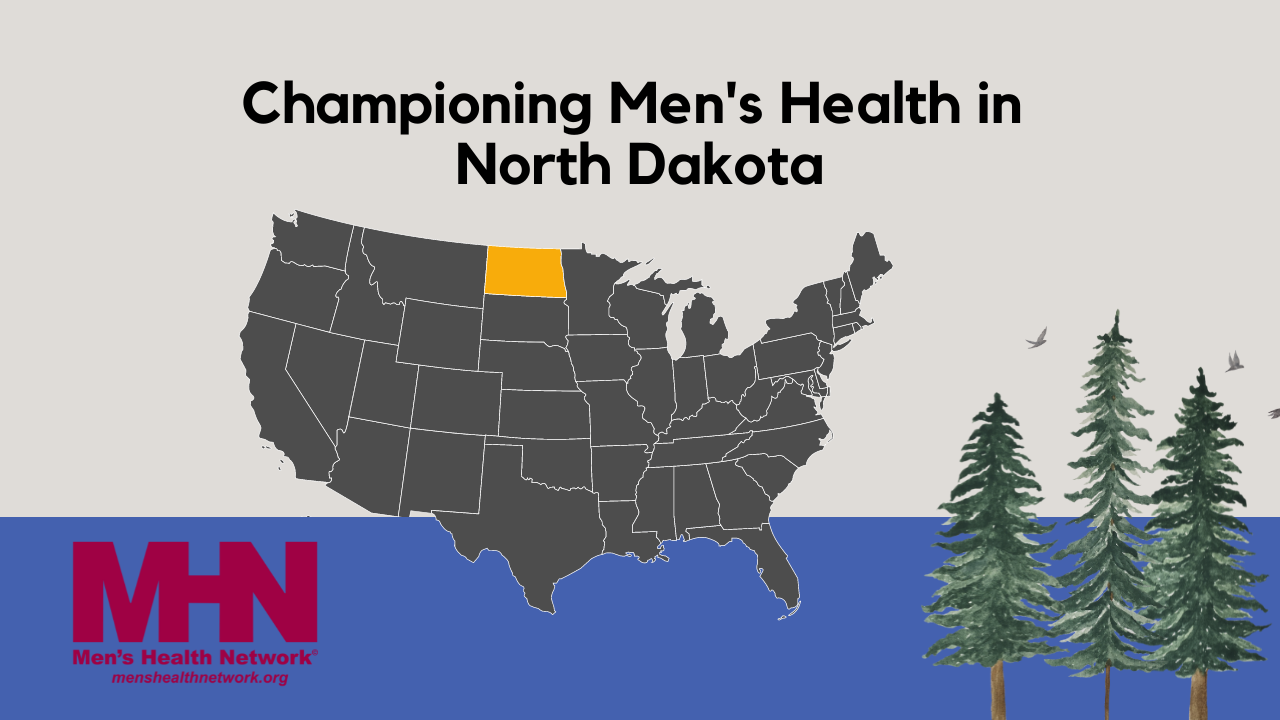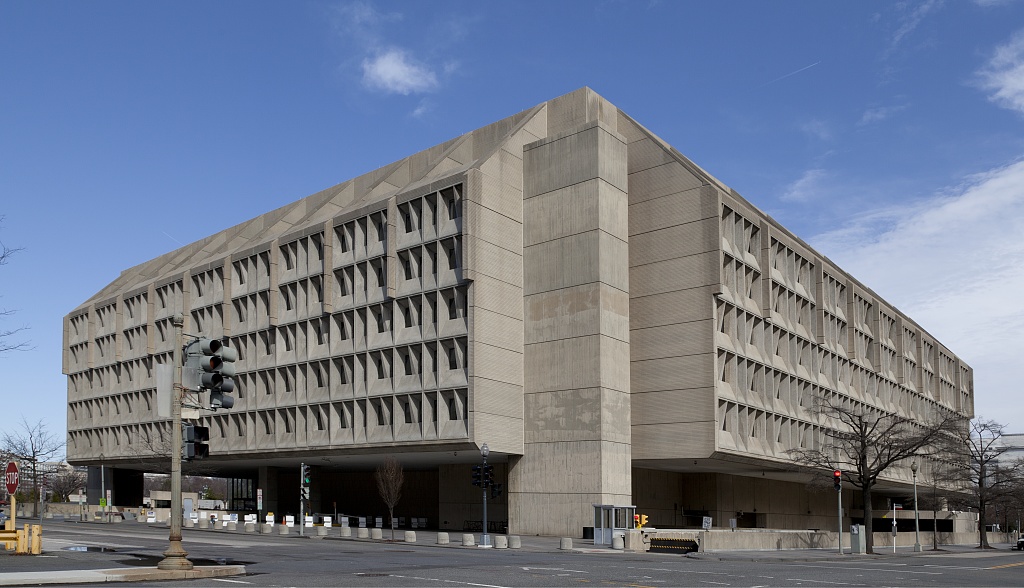The Patient Protection and Affordable Care Act (PPACA) is a large piece of legislation that can be confusing. Much of the legislation leaves the formation of regulations and implementation to the Secretary of the U.S. Department of Health and Human Services. Men’s Health Network (MHN) is closely monitoring and analyzing regulatory developments for prostate cancer and other men’s health issues.
In this policy update, MHN focuses on three areas:
1. Coverage of preventive services regulations resulting from the PPACA and what they mean for prostate cancer screening mandates;
2. Prostate cancer screening coverage in the Welcome to Medicare Physical;
3. Prostate cancer screening coverage in the Annual Wellness Visit introduced in the PPACA.
Preventive Services Regulations Resulting from the PPACA and Consequences for Prostate Cancer Screening
The PPACA was signed into law March 23, 2010. Section 2713 of the law addressed coverage of preventive health services. Section 2713(a)(1) states that “a group health plan and a health insurance issuer offering group or individual health insurance coverage shall, at a minimum provide coverage for and shall not impose any cost sharing requirements for (1) evidence-based items or services that have in effect a rating of ‘A’ or ‘B’ in the current recommendations of the United States Preventive Services Task Force.” As of October 7, 2010, the United States Preventive Services Task Force (USPSTF) gives screening for prostate cancer a D recommendation finding that “the current evidence is insufficient to assess the balance of benefits and harms of prostate cancer screening in men younger than age 75 years.”[1] Therefore, the PPAC does not require prostate cancer screening in an insurance policy’s minimum coverage.
In many cases, federal law supersedes state law. However, the Employee Retirement Income Security Act’s (ERISA) general provisions protect state laws as they relate to health insurance as stated in Section 1191 of Section 29 of the U.S. Code.
“In general subject to… this part shall not be construed to supersede any provision of State law which establishes, implements, or continues in effect any standard or requirement solely relating to health insurance issuers in connection with group health insurance coverage except to the extent that such standard or requirement prevents the application of a requirement of this part. “
On July 19, 2010 the Interim Final Rules for Group Health Plans and Health Insurance Issuers Relating to Coverage of Preventive Services Under the Patient Protection and Affordable Care Act were published. The rules contain the language above and additional language explicitly protecting state health insurance laws.
“The preemption provisions of ERISA section 731 and PHS Act section 2724 2 …apply so that the requirements of part 7 of ERISA and title XXVII of the PHS Act, as amended by the Affordable Care Act, are not to be ‘construed to supersede any provision of State law which establishes, implements, or continues in effect any standard or requirement solely relating to health insurance issuers in connection with group or individual health insurance coverage except to the extent that such standard or requirement prevents the application of a requirement’ of the Affordable Care Act. Accordingly, State laws that impose on health insurance issuers requirements that are stricter than those imposed by the Affordable Care Act will not be superseded by the Affordable Care Act.”
The practical result of this language is that prostate cancer screening health insurance mandates are protected in 37 states as of October 2010. In some instances, these state laws have important distinctions. For example, one state might require that all group health plans include prostate cancer screening in the minimum coverage. Another state law may require a health plan to simply offer prostate cancer screening to the patient in its policy. The patient must then elect for this coverage, which may increase his premium.
Repeal of the state mandates would be difficult and unpopular and there is not conversation about such actions. The states that do not have a prostate cancer screening health insurance mandate are Florida, Hawaii, Iowa, Idaho, Kentucky, Michigan, Mississippi, Montana, Nebraska, New Hampshire, Ohio, Pennsylvania, Utah, and Wisconsin. Until the USPSTF has the evidence it needs to change its prostate cancer screening grade, additional work on the state level will be required by advocates to ensure coverage in those states.
Annual Medicare Physical Introduced in the Patient Protection and Affordable Care Act
Regardless of state mandates, men who are Medicare enrollees should be aware of the “Welcome to Medicare Physical.” The Physical is a one-time preventive physical exam within the first twelve months of enrollment in a Medicare Part B plan. The exam includes a thorough review of the enrollees’ health, education and counseling about preventive services, and referrals for further care. This benefit is a vastly underutilized opportunity for men and women to have a complete exam for a 20% copayment (approximately $28 as of October 2010). The Part B deductible is waived for this benefit.
In addition to the general physical, this benefit covers a digital rectal exam and a Prostate Specific Antigen (PSA) Test for men who are 50 and older enrolled in Medicare in the past 12 months. There is no coinsurance and no Part B deductible for the PSA Test. The enrollee will pay 20% of the Medicare-approved amount for the digital rectal exam after the yearly Part B deductible.
The Welcome to Medicare Physical is a great resource for men to get a PSA test at no cost as well as other benefits. It is important for advocates to inform their patients about this benefit.
Prostate cancer screening coverage in the “Annual Wellness Visit” introduced in the PPACA
Section 4103 of the PPACA, “Medicare Coverage of Annual Wellness Visit Providing a Personalized Prevention Plan”, requires the Secretary of the Department of Health and Human Services to establish guidelines for health risk assessments no later than March 2011. It is important for the advocacy community to be involved in this process to ensure prostate cancer guidelines are established in an accurate and meaningful way.
Further, the “Annual Wellness Visit” will include “personalized prevention plan services” and a “screening schedule for the next 5 to 10 years, as appropriate, based on recommendations of the United States Preventive Services Task Force and the Advisory Committee on Immunization Practices, and the individual’s health status, screening history, and age-appropriate preventive services…”
At this time, it does not appear that the “Annual Wellness Visit” will cover screenings, but will serve as a consultation between patient and provider. More information will become available as the deadline for establishment of guidelines nears.
For questions or comments, please contact:
Drew Saelens, Policy Analyst, Men’s Health Network
publicaffairs@menshealthnetwork.org
(202) 543-6461 ext. 105
[1] Screening for Prostate Cancer, Topic Page. August 2008. U.S. Preventive Services Task Force. https://www.uspreventiveservicestaskforce.org/uspstf/uspsprca.htm




What an informative Article. Liked it.